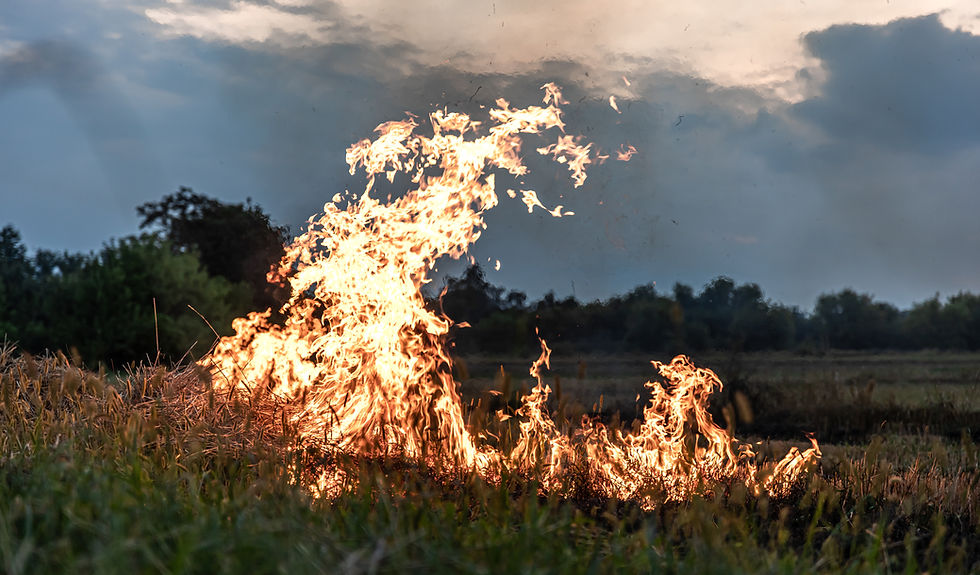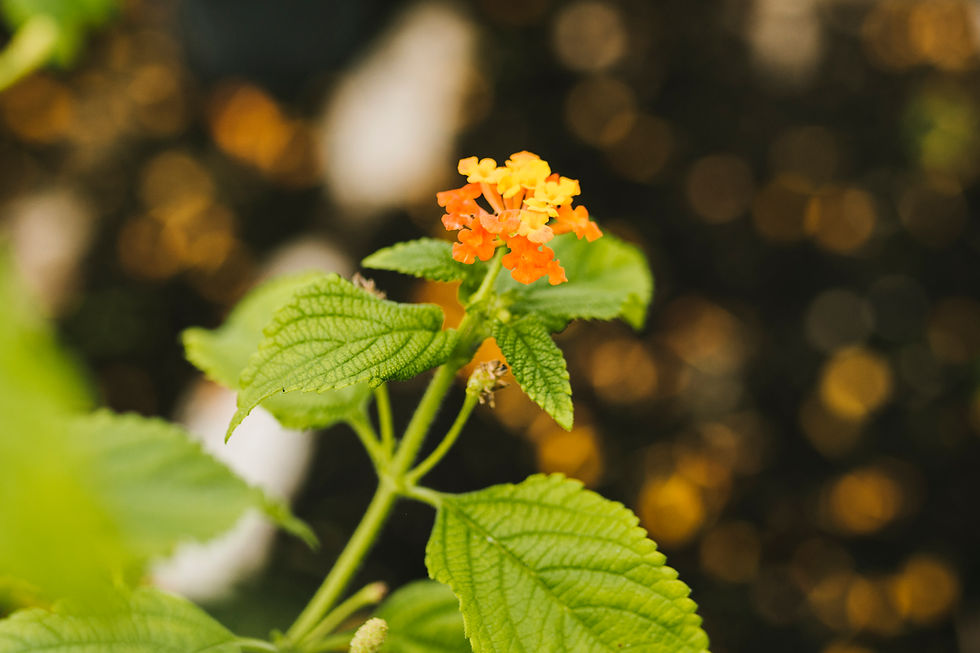Singapore Daisy: More Than Just Groundcover
- Wolfscape

- Aug 4
- 2 min read
Updated: Aug 10

At first glance, Singapore Daisy might look like a lush, cheerful groundcover — bright green leaves, vibrant yellow flowers, fast growth. But beneath the surface, this aggressive creeper is one of the most problematic environmental weeds in eastern Australia.
If you’ve got it on your land, you’re not alone — and you’re right to be concerned.
What is Singapore Daisy?
Originally introduced as an ornamental plant, Sphagneticola trilobata is a fast-growing, mat-forming groundcover native to tropical America. It was commonly planted along roadsides and in gardens for its ability to quickly stabilise soil and suppress weeds.
Unfortunately, it turned out to be too good at what it does — crowding out native vegetation, choking waterways, and spreading like wildfire in moist, disturbed areas.
Why It’s a Problem
Once established, Singapore Daisy becomes a serious ecological threat. Here’s why:
Smothers native plants: It forms dense mats that block sunlight and outcompete native groundcovers, grasses, and seedlings.
Disrupts ecosystems: It reduces habitat for native insects and small fauna, which depend on diverse ground-level vegetation.
Hard to control: It spreads by runners (stolons), stem fragments, and dumped garden waste — even a small piece can take root.
Common along creeks and gullies: Especially dangerous in riparian zones where native vegetation is already under pressure.
How to Identify It
Leaves: Glossy, bright green, with three distinct lobes (trilobate).
Growth: Creeping, low to the ground, forming dense, carpet-like mats.
Flowers: Small, daisy-like, yellow with 8–13 petals.
Habitat: Moist soils, creek lines, roadsides, suburban gardens.
Control Methods
At Wolfscape, we approach Singapore Daisy with care — aiming for removal that’s effective and low-impact.
1. Manual removal (small infestations)
Dig out entire mats, ensuring all roots and fragments are removed.
Dispose of securely — do not compost. Bag it and bin it.
2. Chemical control (large infestations)
Spot spraying with glyphosate-based herbicides is effective but must be applied carefully, especially near water.
Multiple treatments are usually needed — it’s persistent.
3. Follow-up matters
Monitor and re-treat regrowth.
Consider replanting cleared areas with fast-growing native groundcovers to prevent reinvasion.
The Wolfscape Approach
We don’t just remove weeds — we look at the bigger picture. If your block has Singapore Daisy, we’ll:
Assess the infestation as part of an Environmental Audit
Plan a site-specific control strategy
Identify opportunities for native regeneration
Help you prevent reinfestation long-term
Restore the balance. Reclaim the land. That’s what Wolfscape is about.




Comments